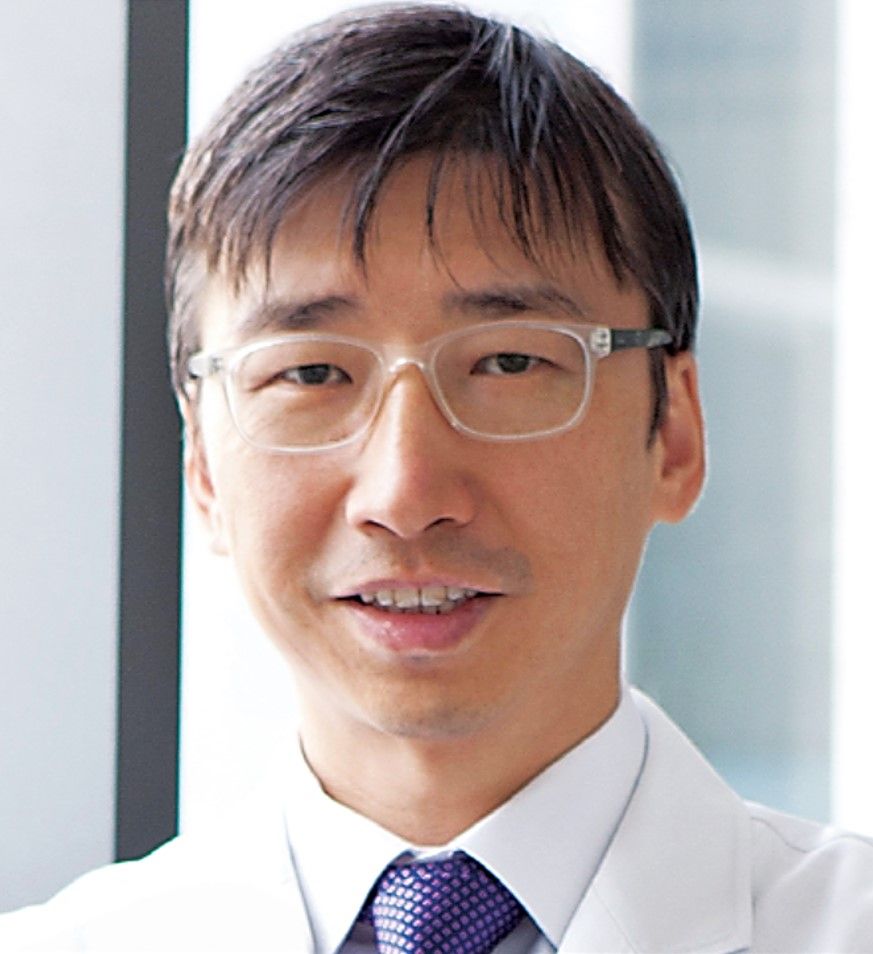-(003).jpg)
Speaker: Christos Angelopoulos DDS, MS, PhD
Date and time: Monday 10 June, 09:00 - 12:00
Location: Crowne Plaza Athens - Ballroom CD
Attendance: A ticket can be purchased during the main congress registration process.
Abstract:
Exploding clinical applications of CBCT data by various dental specialties are driving a demand for innovative image post processing, with advanced 3D computer graphic techniques, computer hardware and software advances and other innovations. To provide for such a demand becomes more challenging as the data volume is increased and as the number of data providers (different CBCT machines) becomes wider. This presentation will provide a thorough approach to CBCT data analysis based on diagnostic needs, will address factors affecting diagnostic quality and discuss the various challenges of dealing with volume processing.
Aims:
To explain the key factors which determine CBCT Image quality and their effect in diagnostic efficacy
To enhance CBCT data exploration via interactivity
Objectives:
To facilitate and familiarize the participants with navigation though the various anatomical structures of the maxilla-facial region
To widen the participants views of CBCT applications with focus on orthodontic diagnostic applications
Learning outcomes:
The participants will be able to understand the parameters affecting CBCT image quality and how to improve it
The participants will be familiarized with important anatomical structures of the maxilla-facial region relevant to Orthodontics
The participants will be exposed to various volume processing techniques in order to augment the expected diagnostic yield of a CBCT exam

